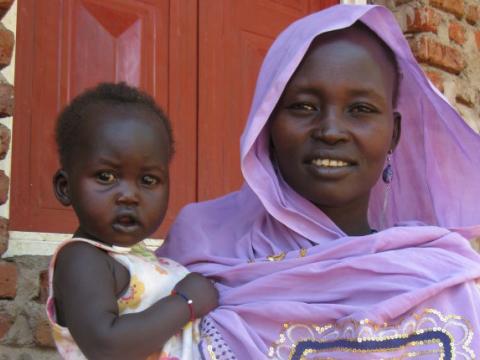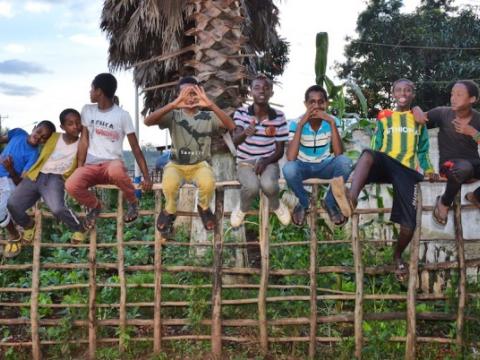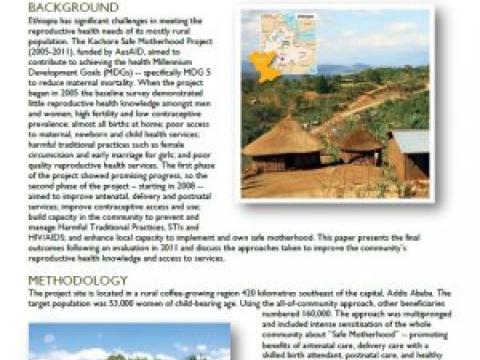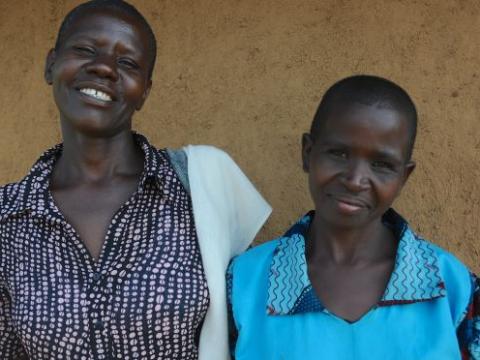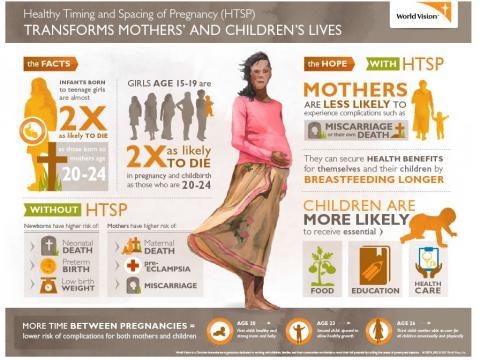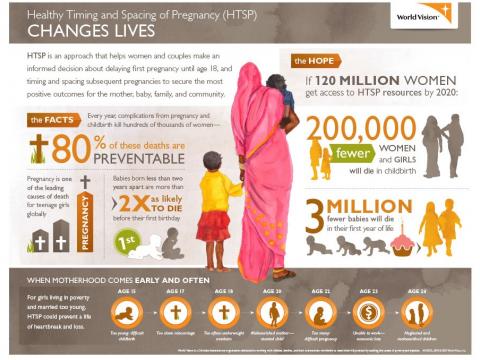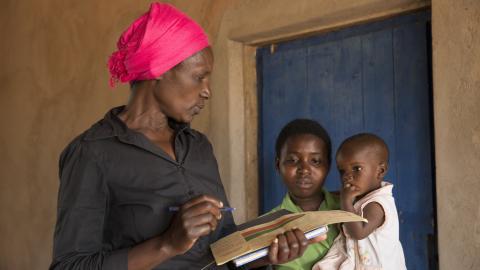
Healthy Timing and Spacing of Pregnancies
What is Healthy Timing and Spacing of Pregnancies?
Healthy Timing and Spacing of Pregnancies (HTSP) is an intervention to help women and families delay or space their pregnancies to achieve the healthiest outcomes for women, newborns, infants and children within the context of free and informed choice, taking into account fertility intentions and desired family size. HTSP promotes healthy fertility and enables women and families to make informed decisions about pregnancy timing and spacing to achieve healthy pregnancy outcomes. The healthiest results for mothers and their infants are achieved when the first pregnancy is delayed until a girl is at least age 18, subsequent pregnancies are spaced by at least two years, and pregnancies are limited to a mother’s healthiest years for childbearing, ages 20 to 35.
World Vision Kenya's MOMENT Project Video
The MOMENT programme addresses barriers to accepting and understanding contraception and Healthy Timing and Spacing of Pregnancies - working on Health System Strengthening and engaging women and their partners, faith leaders and community stakeholders for better maternal, newborn and child outcomes.
Garbatulla HTSP/Family Planning Project
This project includes interventions that target women and families to make informed decisions about delaying first pregnancies and proper spacing of subsequent pregnancies. This video was part of the CUGH-Pulitzer Global Health Video Competition 2018.
What Is Family Planning?
Family planning is the conscious effort to regulate the number and spacing of births through temporary, long-term and permanent methods of contraception. All couples and individuals have the right to decide freely and responsibly the number and spacing of their children and to have access to the information, education, and the means to do so.
Family planning helps save women’s and children’s lives, reduces the health risks of pregnancy and childbirth, and gives women more time care for themselves and their families. Women and couples should be given full information on all methods, how each works, the benefits, side effects, impact of breastfeeding, and the level of protection that each provides against pregnancy and HIV/AIDS and other sexually transmitted infections.
How HTSP Impacts Infants
Longer birth-to-pregnancy intervals, from 24 to 59 months, are healthiest. Children conceived 24 to 59 months after a previous birth have the lowest risk of dying in infancy. Children born less than 24 months apart are three times more likely to die before reaching age 5 compared to those born 36 to 60 months apart. In fact, the shorter the birth-to-pregnancy interval, the greater the risk that an infant will die within the first twelve months.
If all women waited at least 24 months after one birth before becoming pregnant again, under-five deaths would fall by 13 percent. If they waited 36 months to become pregnant again, under-five deaths would fall by 25 percent. If all birth-to-pregnancy intervals were at least 36 months, a total of 1,836,000 child deaths would be averted every year.
Children born at least three but less than five years apart, compared to children born less than two years apart are:
- 1.5 times more likely to survive the first 7 days
- 2.2 times more likely to survive the first 28 days
- 2.3 times more likely to survive the first year
- 2.4 times more likely to survive to age five
How HTSP Impacts Women
Globally, maternal mortality accounts for an estimated 536,000 deaths every year. By helping women space pregnancies by at least 24 months, bear children during their healthiest years (ages 20 to 35) and avoid unplanned pregnancy, HTSP would save the lives of about 175,000 women, lowering maternal mortality to 360,000 per year. HTSP reduces the risk of pre-eclampsia, anaemia, premature rupture of membranes, third-trimester bleeding and high blood pressure. If a mother dies, her child is up to ten times more likely to die before age one, compared to one whose mother lives.
Contact
For more information on HTSP, please feel free to contact World Vision expert:
Susan Otchere, Project Director, Mobilizing for maternal and neonatal health through birth spacing and advocacy and Sr. Technical Advisor RH/FP
Sotchere@worldvision.org
